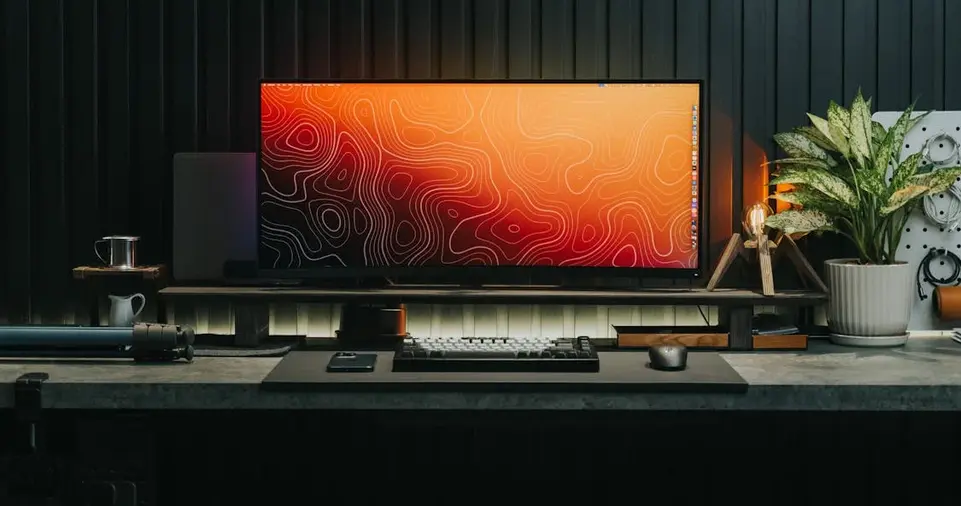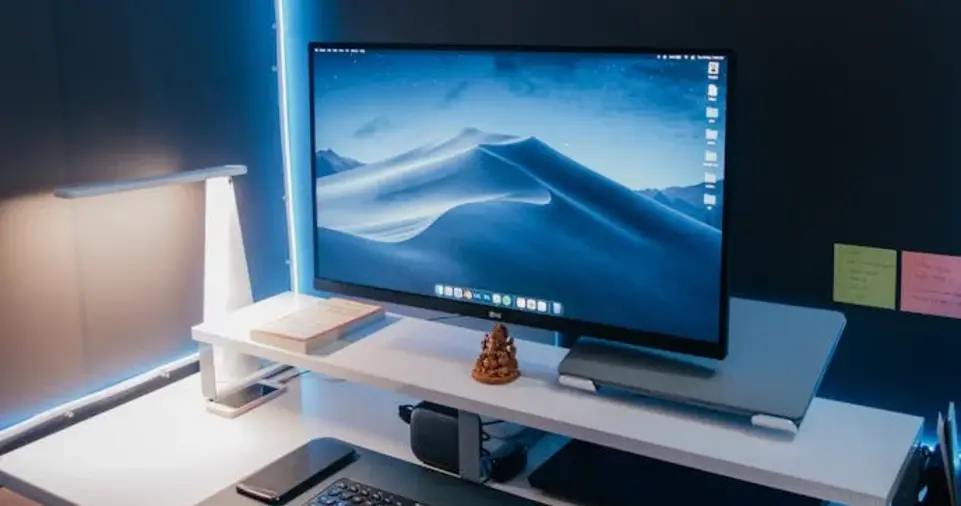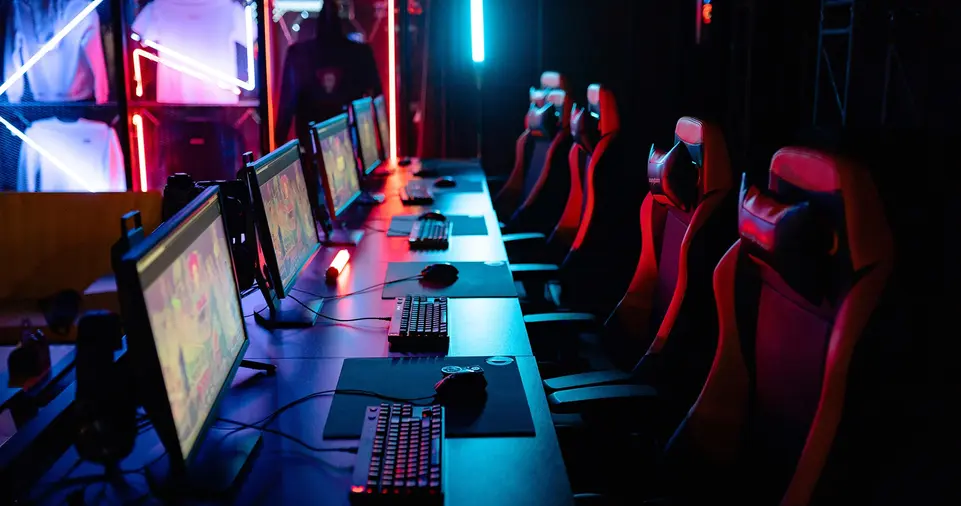Picking the right gaming monitor can feel like navigating a maze. With so many specifications and features to consider, it’s easy to get overwhelmed.
But don’t worry—this guide will help you make an informed decision, ensuring your gaming experience is nothing short of amazing.
A great gaming monitor isn’t just about visuals; it’s about performance, immersion, and making the most of your setup.
Understanding Gaming Monitor Basics
What Makes a Monitor ‘Gaming-Friendly’?
Gaming monitors are designed to handle fast-paced action with minimal lag and maximum clarity.
Unlike regular monitors, they prioritize features like refresh rates, response times, and adaptive sync technologies, ensuring smoother gameplay.
Common Monitor Types
- TN Panels: Known for fast response times but often lack vibrant colors.
- IPS Panels: Provide excellent color accuracy and viewing angles but may have slightly slower response times.
- VA Panels: Offer great contrast but can struggle with motion blur.
Key Features to Consider
Refresh Rate
The refresh rate, measured in Hertz (Hz), determines how many times the monitor updates its display per second.
Higher rates (120Hz, 144Hz, or 240Hz) are ideal for smooth gameplay, especially in fast-paced genres like FPS and racing games.
Response Time
Measured in milliseconds (ms), response time affects how quickly pixels can change colors.
Lower response times (1ms or 2ms) are crucial for reducing motion blur and ghosting during fast action sequences.
Resolution
From Full HD (1080p) to 4K UHD, resolution impacts the sharpness of your visuals.
Higher resolutions are perfect for detailed graphics but may require a powerful GPU to maintain high frame rates.
Screen Size and Aspect Ratio
A 24-inch monitor is great for competitive gaming, while a 27-inch or larger screen enhances immersion.
Aspect ratios like 21:9 (ultrawide) are fantastic for expansive visuals but may not be supported by all games.
Adaptive Sync Technology
- G-Sync (NVIDIA): Reduces screen tearing for NVIDIA GPUs.
- FreeSync (AMD): Similar to G-Sync but tailored for AMD GPUs.
Advanced Features for Gaming Monitors

HDR Support
High Dynamic Range enhances contrast and color, making games look more realistic. Monitors with HDR10 or Dolby Vision can take your visuals to the next level.
Color Accuracy and Gamut
For gamers who also dabble in content creation, color accuracy is a must. Look for monitors with wide color gamuts and factory calibration.
Build Quality and Ergonomics
Adjustable stands, VESA mount compatibility, and durable builds can make long gaming sessions more comfortable and enjoyable.
Connectivity and Compatibility
Ports and Connections
Check for multiple HDMI and DisplayPort options, as well as USB-C or audio out ports for versatility.
Compatibility with Your Gaming Setup
Whether you’re gaming on a PC, PS5, or Xbox Series X, ensure the monitor supports your system’s capabilities, including resolution and refresh rates.
Budget vs. Features
Balancing Cost and Performance
Not every gamer needs a $1,000 monitor. Focus on the features that matter most for your style of play and prioritize them within your budget.
Recommendations for Different Budgets
- Budget-Friendly: AOC 24G2 or ASUS VG245H.
- Mid-Range: Dell S2721DGF or Gigabyte G27Q.
- Premium: LG UltraGear 27GP950 or Samsung Odyssey G9.
ALSO READ: How to Choose the Best Gaming Platform for You: PC, Console, or Mobile
Popular Gaming Monitor Brands

Overview of Trusted Brands
ASUS, Acer, LG, Samsung, and BenQ are among the top contenders in the gaming monitor market, each offering a range of products tailored to different needs.
Comparing Features Across Brands
ASUS excels in fast refresh rates, while LG stands out for its vibrant colors and HDR support. Researching these brands will help you narrow down your options.
How to Test a Gaming Monitor
Hands-On Testing Tips
Visit a store to see the monitor in action. Look for smooth visuals, minimal lag, and vibrant colors.
Online Reviews and User Feedback
Don’t underestimate the power of user reviews. They provide insights into real-world performance and reliability.
ALSO READ: Minecraft (2009) Game Icons and Banners: A Comprehensive Guide
Conclusion
Choosing the right gaming monitor doesn’t have to be a headache. By focusing on the features that align with your gaming style and budget, you’ll find a monitor that elevates your gaming experience.
Remember, it’s not about having the fanciest specs but about what works best for you.
FAQs
What’s the best screen size for gaming?
It depends on your setup. For competitive gaming, 24–27 inches is ideal. Larger screens (32 inches or more) work well for immersive, single-player games.
Is a higher refresh rate always better?
Yes, especially for competitive gaming. Higher refresh rates ensure smoother visuals and quicker reactions.
Do I need a 4K monitor for gaming?
Not necessarily. A 4K monitor is great for detailed visuals but requires a high-end GPU. For most gamers, 1080p or 1440p is sufficient.
What’s the ideal response time for competitive gaming?
Aim for a response time of 1ms or 2ms to minimize motion blur and ghosting.
Are curved monitors better for gaming?
They can enhance immersion, particularly in large ultrawide formats, but aren’t a must for everyone.







